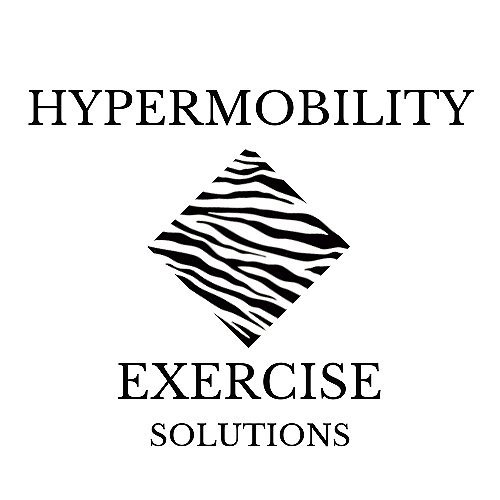5 Mistakes You're Making with Your Mountain Bike Training Routine
Mountain bikers suffer from a variety of classic symptoms that plague their mountain bike training routine. If a sore back, pumped hands and weak core have you down, we’ve got a few remedies to keep in mind when you’re building your MTB training schedule. Let’s take a look at the common problems found with mountain bikers and what you can do to keep the pain at bay.
Back Pain and Mountain Biking
One of the most common symptoms of MTB enthusiasts is back pain. Mountain bikers spend thousands of dollars customizing and fitting their bike in an attempt to get rid of the back pain. Although it’s important to have a well-fitting bike, the pain actually comes from user error. It turns out, mountain biking inherently leads to a weak lower back and zero core strength.
Don’t blame the gear. Instead, focus MTB training efforts on strengthening your lower back and core. With a strong lower back and core, you’re less likely to rely on keeping your chin lifted too high, rounding your back, and hunching your shoulders upwards. These three things combine to create back pain and they are all the result of compensating for a weak lower back and core. Keep a healthy amount of lower back and core exercises in your mountain bike training routine.
Keeping a Collapsed Chest
Over-tight pectoral (chest) muscles and overactive, elongated upper trap muscles cause your chest to collapse. This causes tension in your upper back and further disengages your lower back, resulting in pesky back pain. Instead, focus your mountain bike training efforts on chest expansion by strengthening your subcap, rhomboids and mid-lower trap muscles as well as lengthening your chest muscles.
If you’re a hard-core mountain bike enthusiast, it’s likely that your collapsed chest has infiltrated other parts of your everyday life. Don’t worry, this effect is called upper crossed syndrome and it’s terribly common with folks who have desk jobs too. So if you split your time between the office and single track, chances are you’re doing double-duty. Consciously practice pulling your shoulder blades back and low. Think about putting your shoulder blades in your back pocket. Also, when looking at your phone, hold it up in front of your face instead of looking down. These quick-and-easy exercises helps to break the habit and translates to proper form on the trail.
Over-gripping those Handle Bars
Many MTBers over-grip the handlebars to relieve pressure on their back. All this does is cause your chest to tighten up more. Often times the over-gripping habit slips into a mountain bike training routine - and you’ll find yourself over-gripping weights and other handles on exercise equipment. Instead, remember to strengthen your lower back and core to stop compensating in other areas of your body. While riding, pretend your handlebars are baby birds or eggs that you don’t want to crush. A loose grip helps force other muscles (those lower-mid back and core groups we keep hammering on about) to take the work.
It’s All About the Head Tilt with Mountain Bike Training
Another common mountain biking training mistake is transferring that pesky habit of tilting your chin up. When you’re on the trail and you tilt your chin, your butt naturally sticks out and your lower back arches. This pelvo ocular reflex causes your lumbar spine to hyperextend and your core to relax, furthering that back pain. What’s worse, is MTBers often take this habit into the gym with them. The pelvo ocular reflex is natural, but allowing it to control your form during exercises not only furthers your back pain but can also cause injury.
Beat the habit by holding a tennis ball or softball under your chin when you train for MTB at the gym (not on the trail!). This forces you to look with your eyes, not your head and keeps your lower back and core properly engaged. Yes, it’s going to suck at first because your body is so used to lifting that chin as you barrel down the single track. However, once you’re used to looking with your eyes, you’ll stop tilting up your chin both during your MTB training workouts and on the trail.
Over Compensated Quad Strength
Mountain bikers have big quads, but that means big problems for mountain bike training and your health. Forgetting to strengthen your glutes spells disaster for your knees. When you train for mountain biking, you want to focus on lengthening your hamstrings and strengthening your glutes. Engage in proper squats, don’t just use your quad muscles and instead power upwards primarily with your glutes. The angle of your shin should match the angle of your back. It’s totally okay for your knees to go over your toes. However, your shoulders should line up over the balls of your feet and your heels need to stay on the ground. Added bonus, lifting your big toe in your shoe while lowering and lifting from your squats will further promote proper movement and alignment.
Avoid pesky IT Band issues and knee pain by engaging your glute powerhouse both while you train for mountain biking and when you ride. Squeezing your butt stops your quad muscles from over-compensating, which pulls your knee cap and causes pain.
We all know that old habits die hard, and mountain bikers are prone to picking up quite a few while riding trails. These habits derive from over-compensation for weak muscle groups, causing terrible knee and lower back pain. In order to avoid these problems, it’s important to create a mountain bike training program that focuses on weak muscle groups. The result is a well-rounded mountain bike fitness plan that breaks bad habits and gets rid of common pain points so you can ride further.


